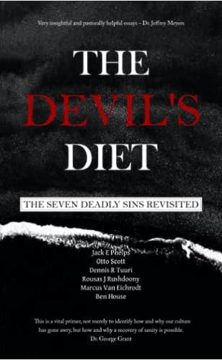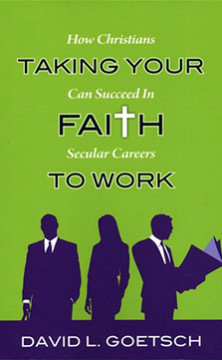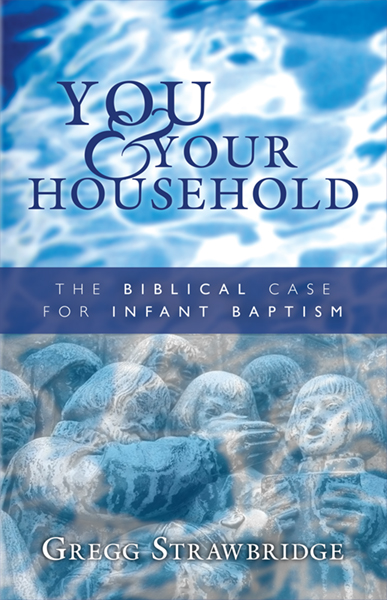John 12:12-26 A Series of Unexpected Events
Looking at the Apostle John’s account of the events leading up to and playing out on Palm Sunday, we see the tension between promise and expectation take center stage. More specifically, we see the contrast between the kingdom of heaven as a seed being planted and soon to spring up from the ground as a plant with unstoppable growth and glory, and the kingdoms of the earth withering and fading in their last gasps of life.
The people had the promises of Yahweh, and they had their expectations of how those promises would be fulfilled- power and dominion, freedom and blessing, glory and honor. How was this King riding into Jerusalem during the Passover celebration different from all other Kings and rulers before him? How would He not only challenge but far exceed their short-sighted expectations of the Messiah?
To answer that question, let me take you to a parable given in the book of Judges, then use it to draw some application for us as we look toward Palm Sunday.
Judges 9:7-15 The Parable of Trees
Gideon had been the Lord’s anointed to deliver Israel from the hands of her enemies; to rescue her once again from tyranny and oppression. And he proved to be a true champion for much of his life. But rather than continuing to be a picture of God’s faithfulness and particular love for his people, Gideon sinned by taking for himself many wives. And these many wives gave him 70 sons.
James Jordan, in his excellent commentary on Judges, points out the significance of the number 70. It is a number often used to represent the nations of the world. Right away we see that something about this story is bigger than it first appears.
Following the death of Gideon, it is a man named Abimelech that rises to the occasion. He offers himself as a would-be king for the people. And he offers up the lives of the 70 sons of Gideon as a “small” sacrifice to have such a worldly king as himself.
For, you see, Abimelech was a son born to Gideon from his concubine in Shechem. He is somebody who gives the people exactly what they want. They get the best of both worlds. He is of the people of God and he is also of the people of Baal. It is his connection to the Canaanites that he appeals to for why they should make him ruler.
It should be no surprise that the people agree to this. Worldly people always hunger for worldly authority over them. Those who have first given themselves over to the tyranny of the devil will inevitably return, like a dog to its vomit, again and again to oppression and slavery.
In verse 2, Abimelech says, “Which is better for you, that seventy men, all sons of Jerubbaal (Baal-fighter), rule over you, or that one man rule over you?” Remember the words of Caiaphas, the High Priest, in John 11? “It is expedient for you that one man die for the people and that the whole nation not perish.”
The nation of Israel turns away from a Baal-fighter to a Baal-compromiser. They turn away from their faithful Husband, the One who protects them, fights for them, blesses them. Instead, they play the harlot for trinkets. They trade shelter for slavery.
Abimelech climbs the stage so that all the world can see what worldly dominion looks like. Power and glory are taken, not received. Authority is not a gift given in order to serve, but a claimed right to be served. Kings do not lay down their lives for the good of the people. The people become the necessary sacrifices for the good of kings.
Again, Jordan’s commentary is helpful here. He notes the significance of human sacrifice in this story and how it describes so well the kingdoms of this world. As nations of men have raged against Yahweh, it has always been accompanied by human sacrifice (Remember, altars of sacrifice can take many forms). Rebellion against God is never a bloodless revolution.
When man sets himself up as King, it is his law that is broken by others, his justice that must be met, his wrath that must be satisfied, his enemies that must be crushed beneath his feet. And this is bloody work, indeed!
Only one of Gideon’s sons escapes slaughter. Jotham then ascends upon a hill and addresses the people with this parable of trees. Below are a few observations from the parable.
8 The trees once went out to anoint a king over them, and they said to the olive tree, ‘Reign over us.’
The trees are looking for a king from among them rather than acknowledging the King above them. They want someone like them.
9 But the olive tree said to them, ‘Shall I leave my abundance, by which gods and men are honored, and go hold sway over the trees?’
Olive trees produce the oil of anointing. They serve to honor others, to make others shine, to give glory not take it. They see no glory in vain waving over others.
10 And the trees said to the fig tree, ‘You come and reign over us.’ 11 But the fig tree said to them, ‘Shall I leave my sweetness and my good fruit and go hold sway over the trees?’
Fig trees produce sweetness and fruitfulness in the land. They produce their fruit in its season for the pleasure of others. They offer up themselves to revive and sustain and strengthen. They have no time for vain waving over others.
12 And the trees said to the vine, ‘You come and reign over us.’ 13 But the vine said to them, ‘Shall I leave my wine that cheers God and men and go hold sway over the trees?’
Vines produce grapes for good wine. This wine brings joy to others. It cheers the heart of man as it is crushed, fermented, and flows freely. It delights the heart of God as it is poured out in worship. They have no desire for vain waving over others.
14 Then all the trees said to the bramble, ‘You come and reign over us.’
Then there are the brambles. Now here we have a willing candidate. Brambles are the growth of the fall. Brambles are the product of rebellious seed. They give neither sweetness nor shade. They neither satisfy nor shelter. Here now is the vanity of all earthly rule. Here now is why every earthly kingdom and every worldly king will fall short.
15 And the bramble said to the trees, ‘If in good faith you are anointing me king over you, then come and take refuge in my shade, but if not, let fire come out of the bramble and devour the cedars of Lebanon.’
To serve a bramble king is to either become satisfied with the “shade” it provides among thorns, or find yourself consumed in its power. A bramble fire can destroy the tallest cedar.
Some Application for Today
Here is our problem. Every time we give in to temptation, when we embrace the promises of sin, we are asking brambles to do what only the true King can do.
Every time we see other people as merely a means to get what we want or an obstacle getting in the way of what we want, we are not imitating the King who redeemed us. We are becoming bramble kings ourselves.
But when we are trusting and following Christ as King, we will be like…
Olive trees. We will serve to honor others, to make others shine. We will give up our lives that others might receive glory and blessing.
Fig trees. We will be fruitful in the land. We will bear fruit in each season of life and sweetness will flow from us even in the midst of sorrow and suffering. The fruit that the Spirit produces in our lives will revive, sustain, and strengthen others.
Vine branches. We will present our bodies as living sacrifices unto the Lord. We will be crushed and pressed so that wine may flow from us as a drink offering for the joy of others and the pleasure of God.
- Judges 9:1 (back)
- John 11:50 (back)
Read more
























